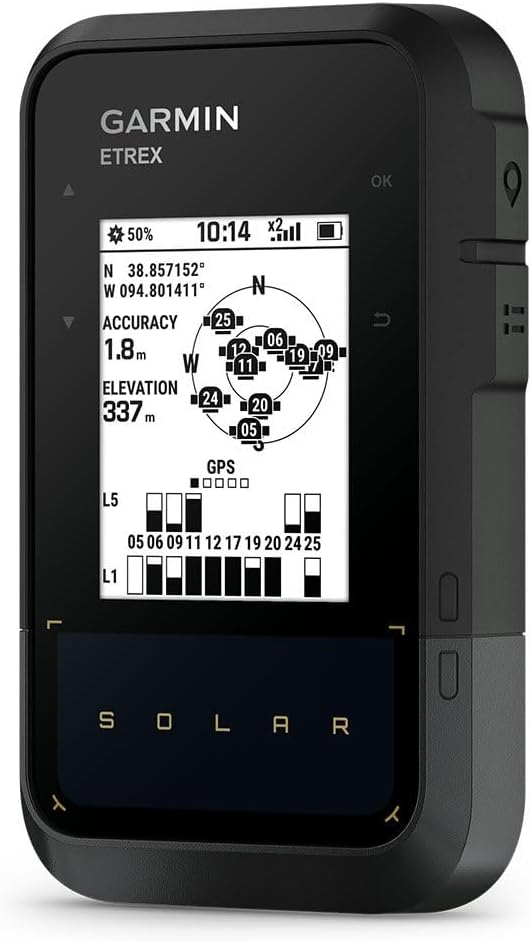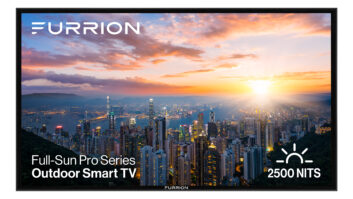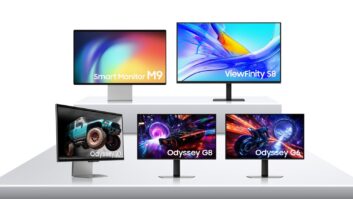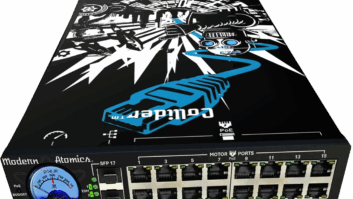
Standalone GPS units were once must-have upgrades for road warriors seeking to master complicated city streets and discover new offroading paths through the wilderness. Seemingly overnight, GPS products took a backseat to ever-capable smartphone navigation apps—especially as mobile data plans became more affordable on increasingly powerful phones.
While commercial-grade GPS receiver tech has long been an indispensable tool for surveyors, farmers, and construction companies, there’s no market for these products among everyday consumers. But is there still a future for separate GPS units in retail?
A 2024 report from Dataintelo suggests that outdoor recreational activities continue to drive demand for GPS units, with the market growing as large as $5.4 billion by 2032. With that in mind, let’s explore three avenues for integrating standalone GPS devices into your future outdoor recreation product strategy: hiking, offroading and boating.
Hiking and trekking

Retailers specializing in outdoor gear, camping supplies, and running shoes should note that the main advantage of a handheld GPS unit is that it doesn’t compete with a smartphone’s other functions, such as music, photos and communications like navigation apps do. Customers can program their units with thousands of offline trail maps that work far from the nearest cellular connection. To match dedicated devices, smartphone GPS apps usually require ongoing subscription plans and plenty of internal memory for offline maps.
The $250 Garmin eTrex Solar is an excellent example of the benefits of handheld GPS units for hiking. (Garmin is the dominant GPS brand in the outdoor recreation market.) Its small screen size, custom maps, and multiple GPS frequencies keep hikers on the trail with pinpoint accuracy. High-sensitivity GPS and electronic compass navigation is especially vital on wilderness trails, which may not have convenient waypoint markers.
 Additionally, the batteries on many Garmin handheld GPS units last much longer than a typical smartphone. While the Garmin eTrex Solar comes with a built-in solar charger, the internal battery also lasts up to 200 hours when the sun’s not out—well beyond the battery life of a typical smartphone. Premium models, like the $700 Garmin Montana 700i, come with larger screens, birdseye satellite imagery, and satellite communication. Still, the higher price and increased energy consumption may not balance compared to smartphones with similar features.
Additionally, the batteries on many Garmin handheld GPS units last much longer than a typical smartphone. While the Garmin eTrex Solar comes with a built-in solar charger, the internal battery also lasts up to 200 hours when the sun’s not out—well beyond the battery life of a typical smartphone. Premium models, like the $700 Garmin Montana 700i, come with larger screens, birdseye satellite imagery, and satellite communication. Still, the higher price and increased energy consumption may not balance compared to smartphones with similar features.
Finally, many GPS wearables are viable alternatives to smartwatches—featuring similar functionality like fitness tracking, exercise guidance and communication tools. GPS watches are popular with urban runners—as well as adventurous hikers—thanks to durable designs that won’t scratch easily. Like most modern GPS devices, GPS watches can even sync with a customer’s smartphone for software updates and enhanced navigation.
Offroading
While there’s significant overlap between the GPS device needs of offroaders and hikers, a handheld model isn’t suitable behind the wheel. Automotive parts retailers, mechanic shops and all-terrain vehicle (ATV) dealers have numerous options to sell customers GPS devices suitable for offroad escapades.

Powersport GPS units typically provide a larger screen than handheld models, which improves visibility for drivers dealing with rough conditions on wilderness roads. For example, the $600 Garmin Tread Powersport includes a reinforced mounting bracket that holds the screen steady through every bump, a challenging task for most standard car smartphone mounts. It also pairs with some Garmin GPS dog trackers to help drivers keep track of pets on the trail. Another indispensable tool for offroaders is a gauge showing the vehicle’s pitch and roll, which assists drivers by showing them when an incline or obstacle puts the vehicle at risk of tipping over.
Custom GPS devices for offroading and overlanding also come with a wealth of resources that your customers won’t see on a standard automotive GPS, such as preloaded topographic maps, offroad trails, and boundary maps between public and private land. This gives your customers a handy resource for finding their next overlanding adventure.
Marine navigation
Outdoor recreation isn’t limited to land-based activities—watercraft dealers and fishing equipment retailers can find plenty of opportunities with bespoke marine GPS devices. Unlike their mainland counterparts, marine units have detailed coastal maps to help boaters avoid rocky outcrops hidden below the surface as they travel to and from the marina—a vital safety feature.
Fishing enthusiasts revel in high-tech fish finders and sonar transducers when looking for an ideal place to drop anchor, especially in murky waters where fish are difficult to spot visually. As with all GPS units, boaters will have access to precise coordinates, which make it easier to request assistance in an emergency.
An independent GPS receiver is a great example of the potential revenue opportunities awaiting specialist and generalist retailers in a rapidly expanding outdoor recreation market. But they also demonstrate how a diverse product offering of accessories can supplement income from big-ticket items and strengthen customer retention efforts.
See also: Tractive Pet GPS And Health Tracker Gives Owners Peace Of Mind













